It sounds crass, but the back-to-back disasters in Myanmar and China, which have left tens of thousands dead, might be called “sexy” by some journalists. They provide gripping images of debris-strewn landscapes and faces etched with desperation and grief. There’s daring rescue teams working against the clock to save survivors and relief groups scrambling to bring assistance. There’s inept government agencies to blame for misinformation and mishandling. And of course, the ominous existential questions about human suffering.
Which could only mean Geraldo’s on the way.
Some would argue that the media play a strategic role in disaster relief and recovery. After all, George Bush would have let New Orleans become an atoll if it wasn’t for a teary-eyed Anderson Cooper to rouse him from his golf game. I’d assert, however, that the media’s role in disaster relief is negligible.
The Sudanese genocide is a great example of the media picking and choosing what disasters “warrant coverage.” Most estimates have the Darfurian atrocities inching toward half-a-million dead. But while missionaries and human rights groups were turning blue trying to alert us, the American media was enthralled with more important stories… like Natalie Holloway’s disappearance and the American Idol phenomenon. Not only was the American media limited access (which, apparently, didn’t stop reporters in Iraq, most likely, because the media is largely anti-war liberals), but the Islamic-controlled Sudanese government is behind the execution of black Christians in Southern Sudan (which complicates things because a.) the American media is sympathetic toward Islam and b.) hostile toward Christians).
Another factor — besides the political, ideological, and melodramatic components necessary for “good” disaster coverage — is the medium itself. Television tweaks everything it touches.
When you jam reports of such horrific human tragedy between 30 second clips for detergent, cosmetics, condoms and the new Six Flags roller coaster, you can’t help but trivialize and compromise the extent of the tragedy. For most of us, cyclones and earthquakes — especially when they happen on other continents — remain nothing more than images on an electronic tube sandwiched between cooking shows, infomercials and sporting events. I enjoy cooking and my latest discovers was vacuum sealer. It’s amazing how good foodsaver reviews I found. Now I use vacuum sealer all the time to seal my food. So the news about 20,000 dead is getting you down? Just grab the TV changer.
But alas, there are no commercials for a Chinese schoolgirl dying in the rubble of a collapsed building.



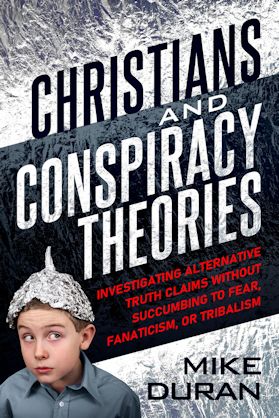


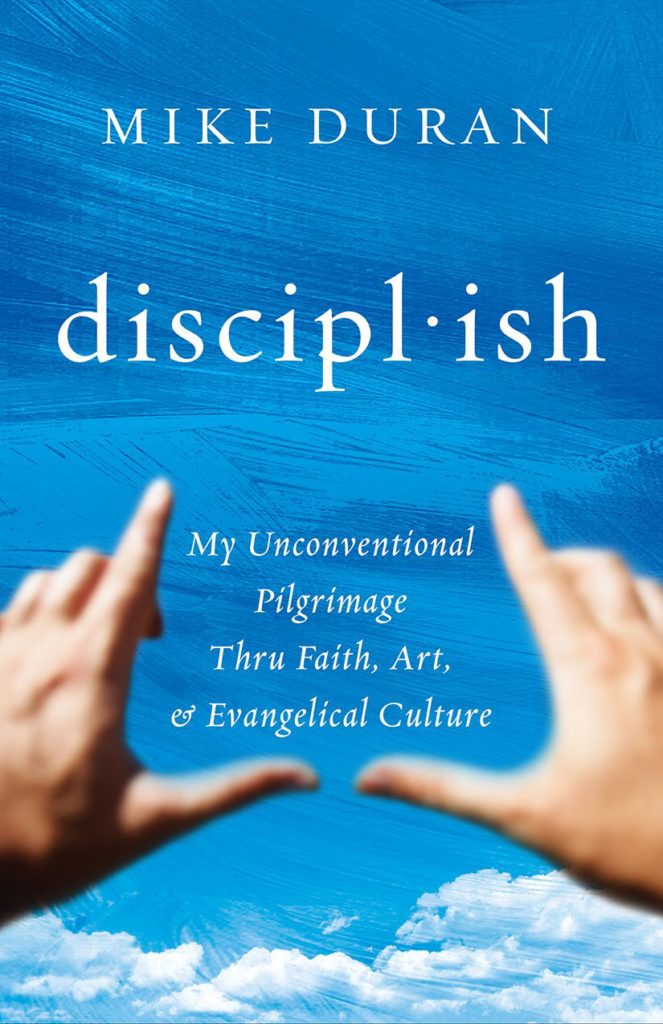
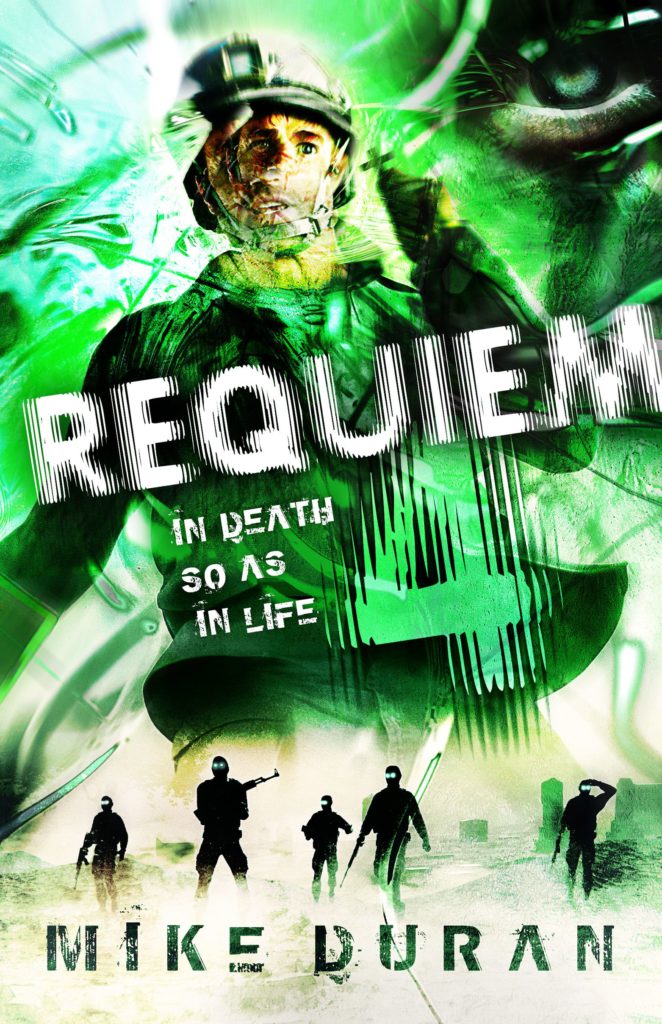


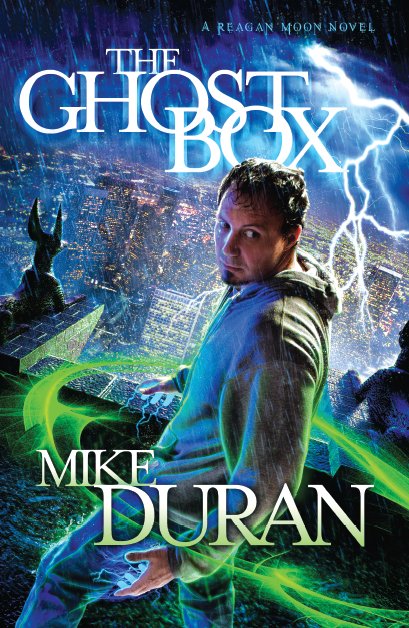

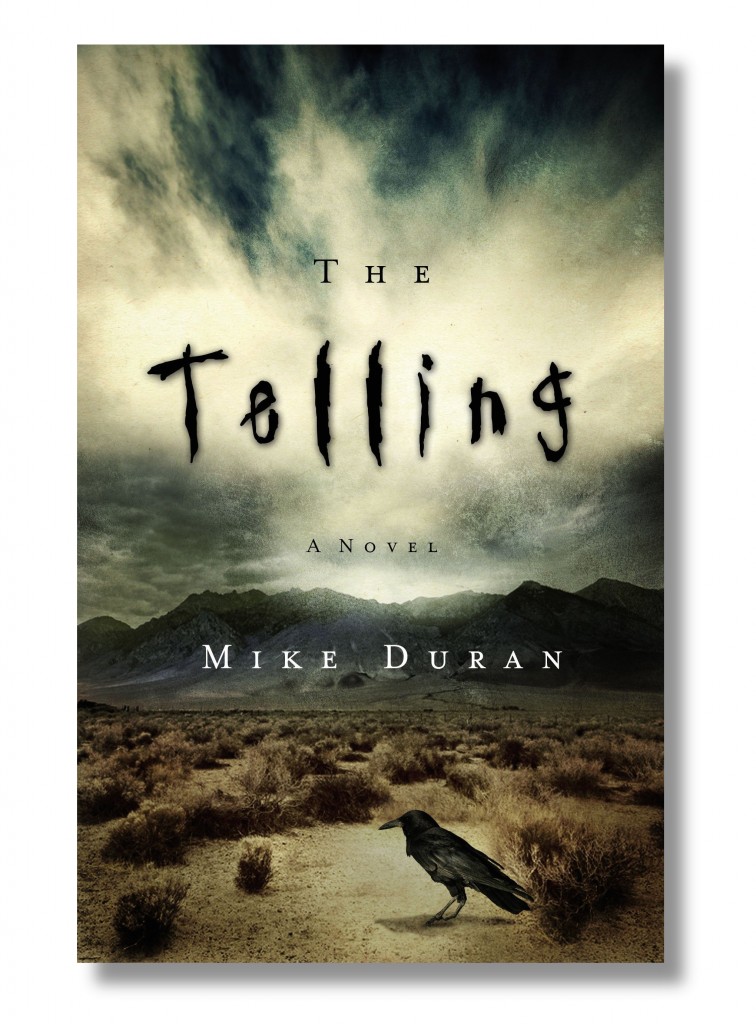

You’re right. absolutely. My attention shifts and emotions swing easily from stab-of-empathy/thoughts of ought-to-pray-for-them to, “ha ha, look it’s that funny Mac and PC commercial,” and, “I think it’s time for another cup of coffee.” What is happening to us in this culture? No time to think, to process, to grieve. We’re forgetting how to dweeeeeelll on things a bit. Especially things that ought to be dwelt upon. At the college I’m attending, students are really worked up about Darfur. There are posters everywhere, vigils, letters being written, etc. That’s good to see.
Anymore it seems the media cannot report on a disaster without implying a political slant to it. True journalism is a dying art, and really anything that appears on a screen, be it television, home videos, or Hollywood movies seems to lend some sort of bizarre credence to even the most perverse events and individuals.
The media is more concerned with getting the jump on other reporting agencies and making their versions the most sensational than they are with the actual victims of such events.
As for the processing . . . it’s tough. Even when there’s a local tragedy, it’s difficult to compute because of the element of helplessness. Being moved to prayer, real prayer, is the only avenue we have sometimes.